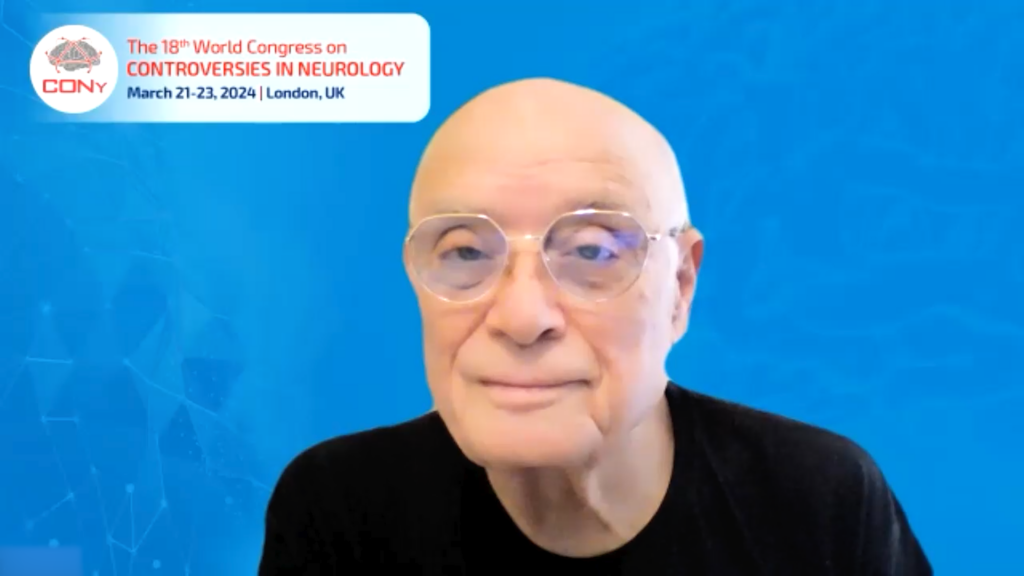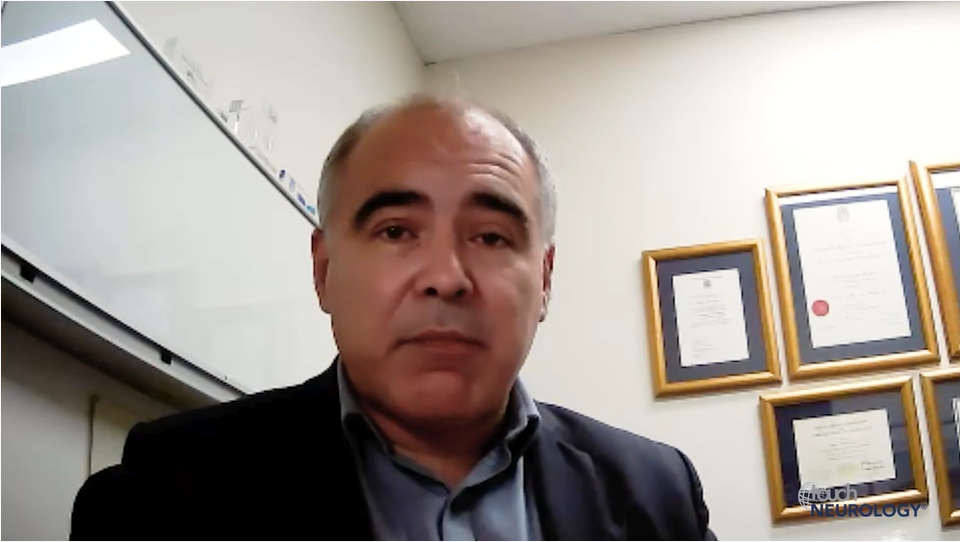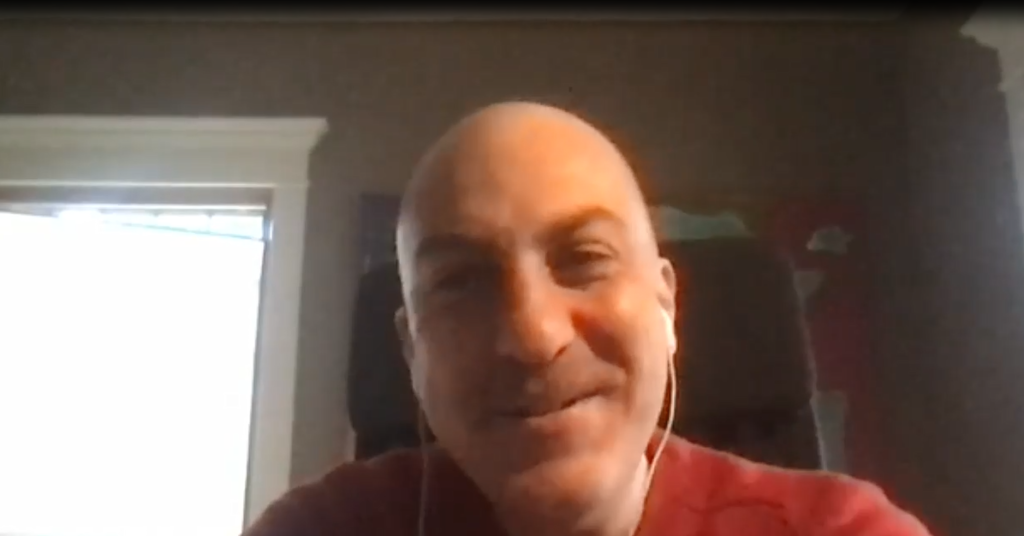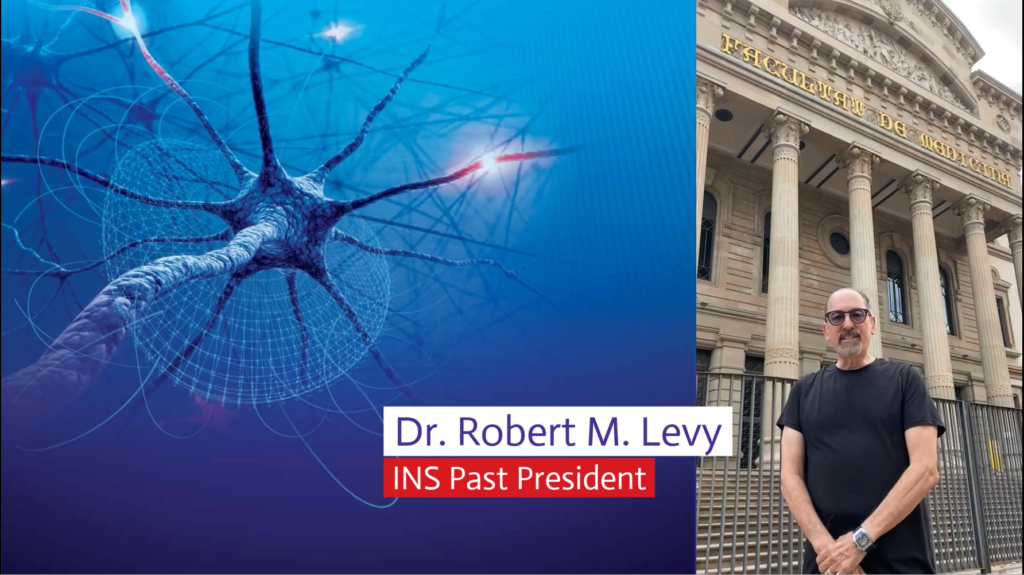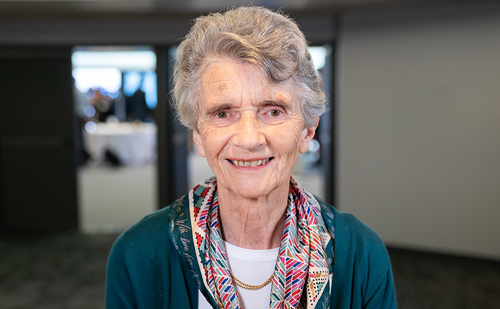The American Academy of Sleep Medicine (AASM) has released a new clinical practice guideline with updated recommendations for treating restless legs syndrome (RLS) in adults. Published in the Journal of Clinical Sleep Medicine, the guideline incorporates the latest scientific evidence and marks a significant shift in the standard treatment of RLS, replacing their 2012 guidance.

The updated guideline reflects a decade of progress, with numerous clinical trials and longitudinal studies providing fresh insights into RLS management. Among the most notable changes is the emphasis on iron evaluation for all individuals with RLS. Based on iron indices, the guideline strongly recommends iron supplementation, with a preference for intravenous ferric carboxymaltose. This is supported by evidence linking low brain iron levels to RLS as a key underlying cause. Conditional recommendations are also provided for other intravenous iron formulations and oral ferrous sulfate.
Strong recommendations for RLS treatment include the alpha-2-delta ligand calcium channel blockers gabapentin enacarbil, gabapentin, and pregabalin, all backed by robust clinical trial data. However, opioids, such as extended-release oxycodone, are conditionally recommended due to low certainty of evidence. While low-dose opioids may be necessary for managing dopamine agonist-related symptom augmentation, caution is advised because of potential risks, including central sleep apnoea and respiratory depression—except with buprenorphine, which has a lower risk profile.
The guideline also introduces a novel non-pharmacological approach: bilateral high-frequency peroneal nerve stimulation. Though its real-world application is limited, it provides an alternative to systemic pharmacologic treatments and their associated adverse effects.
Another significant update is the conditional recommendation against the standard use of dopamine agonists such as pramipexole and ropinirole, which were previously strongly endorsed. Research over the past decade has shown that long-term use of these medications often leads to augmentation—a worsening of RLS symptoms in both intensity and duration. Other treatments, including levodopa, transdermal rotigotine and certain anticonvulsants, are now also recommended against, along with cabergoline due to its association with cardiac valvulopathy.
In the paediatric population, the guideline conditionally recommends ferrous sulfate, making it the sole endorsed treatment for children in these revised guidelines.
Over the past few decades, substantial advances have been made in understanding and treating RLS, many of which are reflected in this new guideline. However, significant gaps remain in both clinical and basic science. Addressing these gaps—through research into RLS pathophysiology, novel treatment pathways, and more robust clinical trials—will be essential to improving the lives of individuals with RLS. The AASM emphasizes that continued innovation and exploration are vital to achieving lasting progress in the field.
Disclosures: This article was created by the touchNEUROLOGY team utilizing AI as an editorial tool (ChatGPT (GPT-4o) [Large language model]. https://chat.openai.com/chat.) The content was developed and edited by human editors. No funding was received in the publication of this article.



